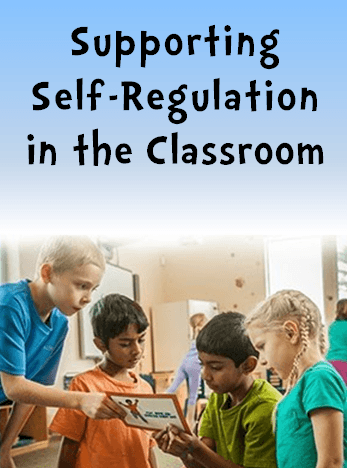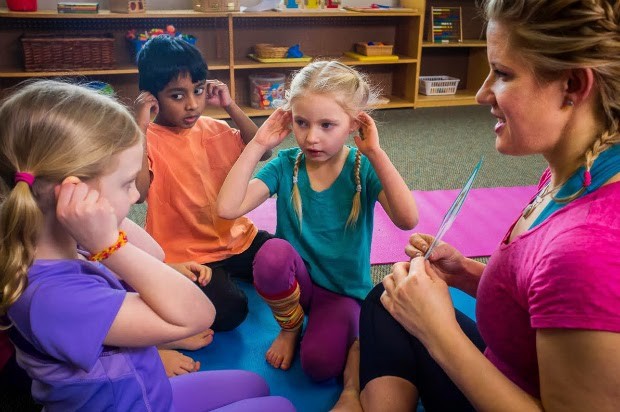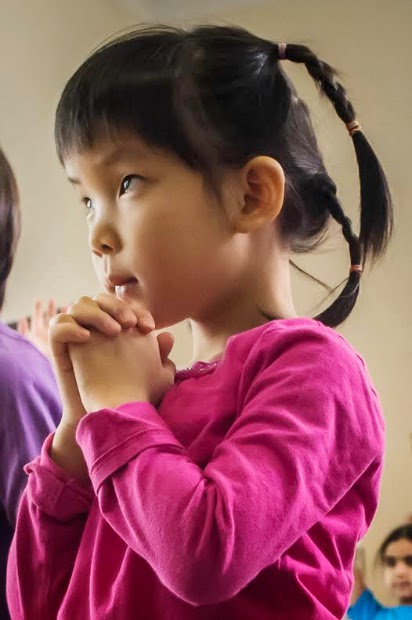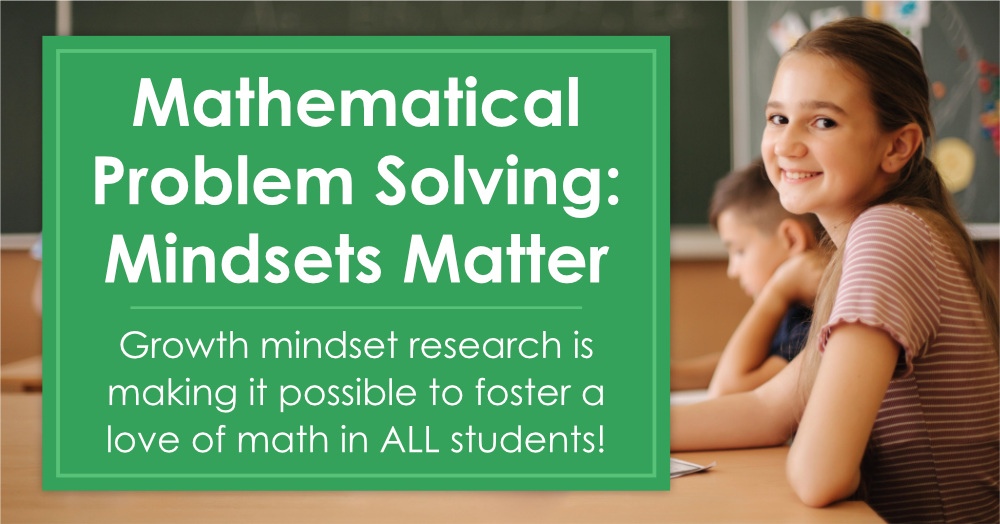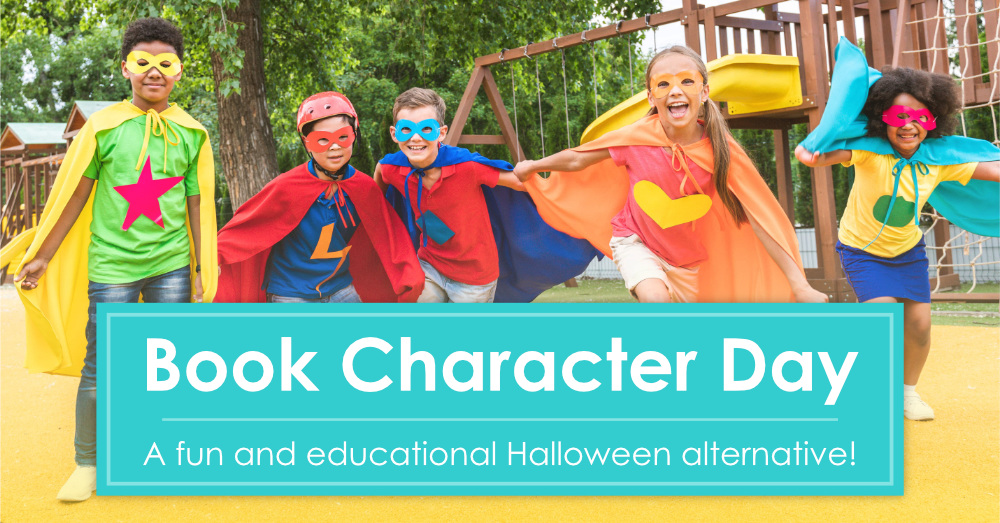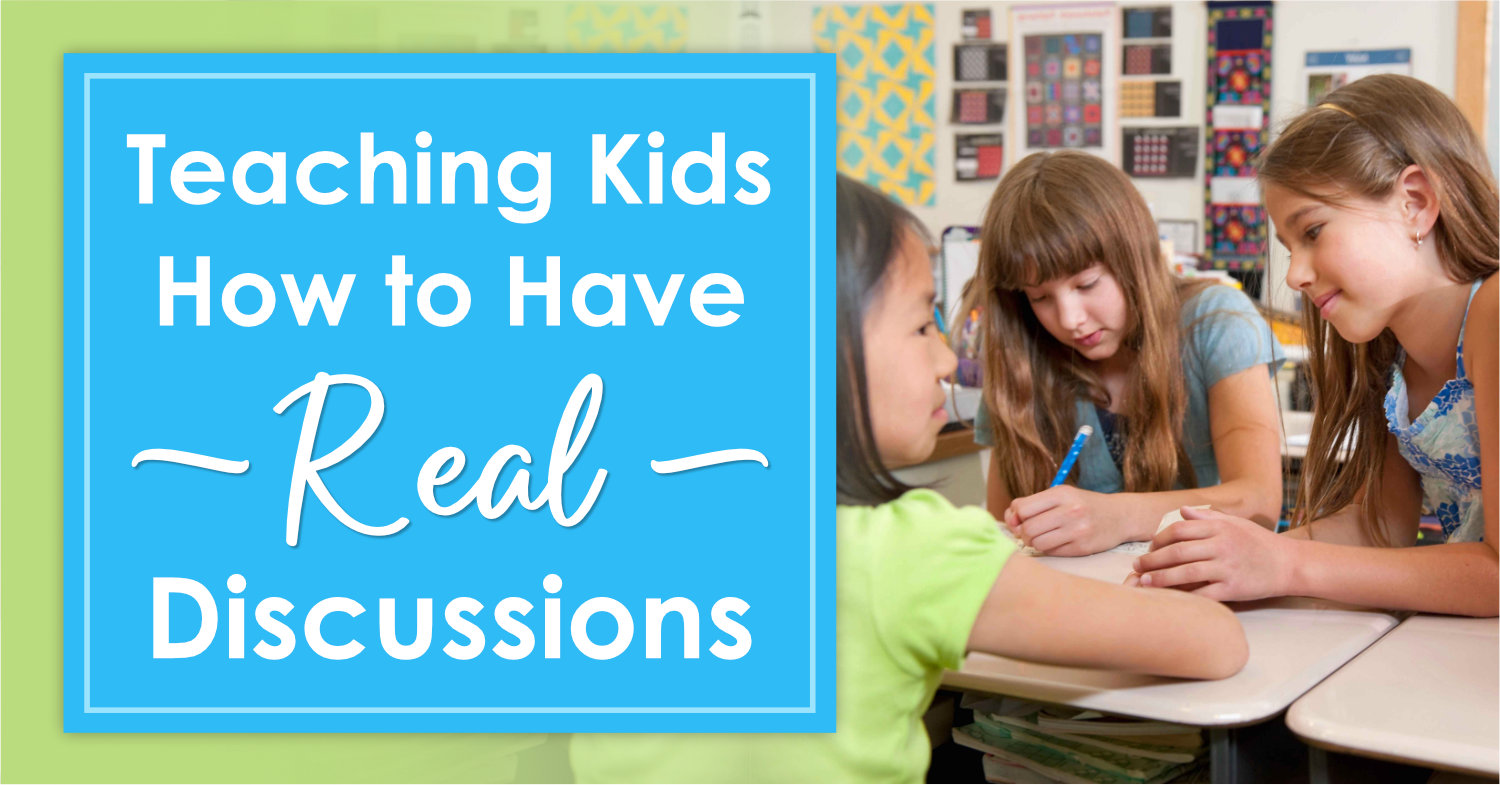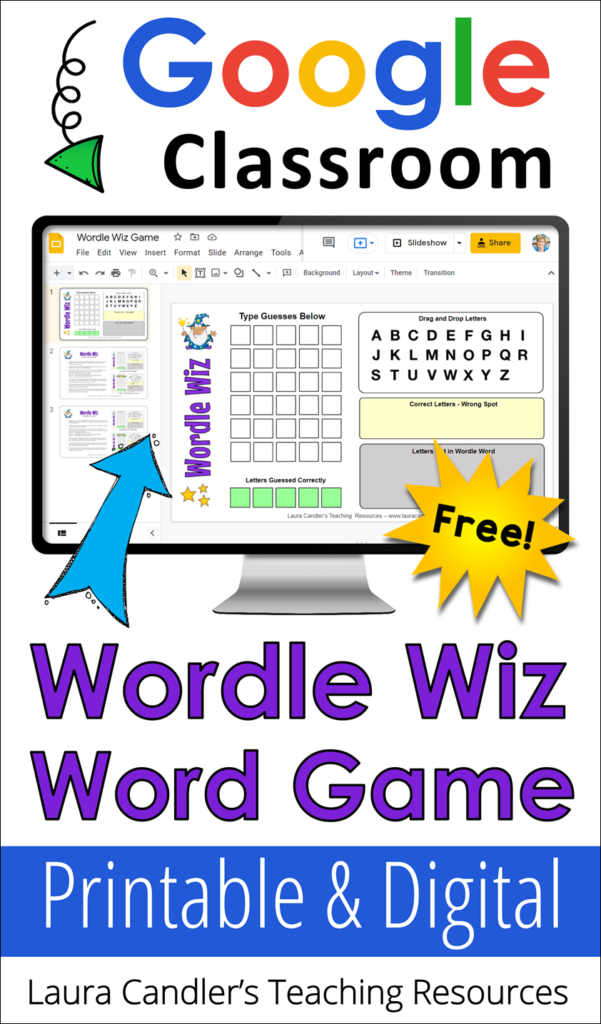Guest post by Leah Kalish
Self-regulation is an on-going internal activity in which we are all participating all the time as we control and direct our feelings, thoughts, and actions. If we are good at self-regulating, we are able to sustain a feel-good, optimal state of attention; we can organize our thinking and coordinate our actions to accomplish desired goals; we can manage stress, navigate emotions, and control our impulses.
Self-regulation is not only an essential part of healthy emotional development, it is also vital for academic success. Many studies, like the 2010 research conducted by the University of Virginia’s Claire Cameron Ponitz and Oregon State University’s Megan McClelland, show that children with high levels of self-regulation do better on tests when compared to children with low levels of self-regulation. Some researchers even see the inability to self-regulate as the root cause of the economic achievement gap.
Self-regulation takes energy. That’s why when you don’t get a good night’s sleep, you are more irritable. Given the high levels of stimulation and stressors for most kids, the most important way you can support self-regulation in the classroom is to regularly and deeply relax. Though it may seem counter-intuitive, integrating sensory awareness, breath, and movement activities into your daily routine will not only improve self-regulation, it will increase productivity.
Classrooms that practice mindfulness activities such as breathing exercises, sensory explorations, guided imagery, yoga, Chi Gong, and music, show reduced stress and anxiety, better mood, and improved decision making, impulse control, attention and memory (all executive functions!). Whether you call it “brain breaks”, “time-in”, “yoga”, “meditation”, or “mindfulness,” participation enables kids to develop an awareness of their inner state and the ability to soothe and refresh themselves. Every time you support kids in consciously resetting and recharging their nervous systems is an investment in a more thoughtful, harmonious, and self-regulated classroom.
Why do sensory and mindfulness activities that ask kids to tune into their internal awareness to observe and identify sensations, thoughts, and emotions without judgment enhance self-regulation? These activities…
- Soothe the lower, autonomic, non-verbal, sensing brain.
- Facilitate a physiological shift out of stress/fight or flight to greater presence/ receptivity.
- Develop self-awareness – the ability to track / monitor what one feels in one’s own body.
- Require noticing/reflection, which cultivates executive functions and self-regulation.
To support self-regulation in your classroom, I recommend implementing these 4 steps:
- Start the day with a silent or guided breathing or meditation technique that slows everyone’s inner speed and invites observation of sensations.
- Direct students to then: (steps adapted from Dr. Reggie Melrose)
a. connect /ground to earth (imagine being a tree or mountain)
b. rest into the support of chair or floor (give in to gravity)
c. breathe fully and slowly (in and out the nose)
d. visualize something or someone they love (imaginary or real)
e. notice how the previous steps shift their inner
sensations (what happened, where?) - Explore and identify physical and emotional sensations as part of social-emotional learning to help students build an awareness of their internal states and how to observe, name and manage them. This process develops mindfulness and self-regulation because students are harnessing the overlapping social –emotional brain and the regulatory.
- Drink Water every 20-30 minutes.
- Before a new activity and as needed, pause and direct students through steps a – e.
- Regularity – Schedule time to practice daily
- Repetition – Builds neural pathways that become habits
- Reflection – Noticing sensations strengthens neural pathways
- Research – Support kids in becoming prescriptive with which tools work best for them
- Reach Out to Families – Share tools with parents/ care-givers to use at home

